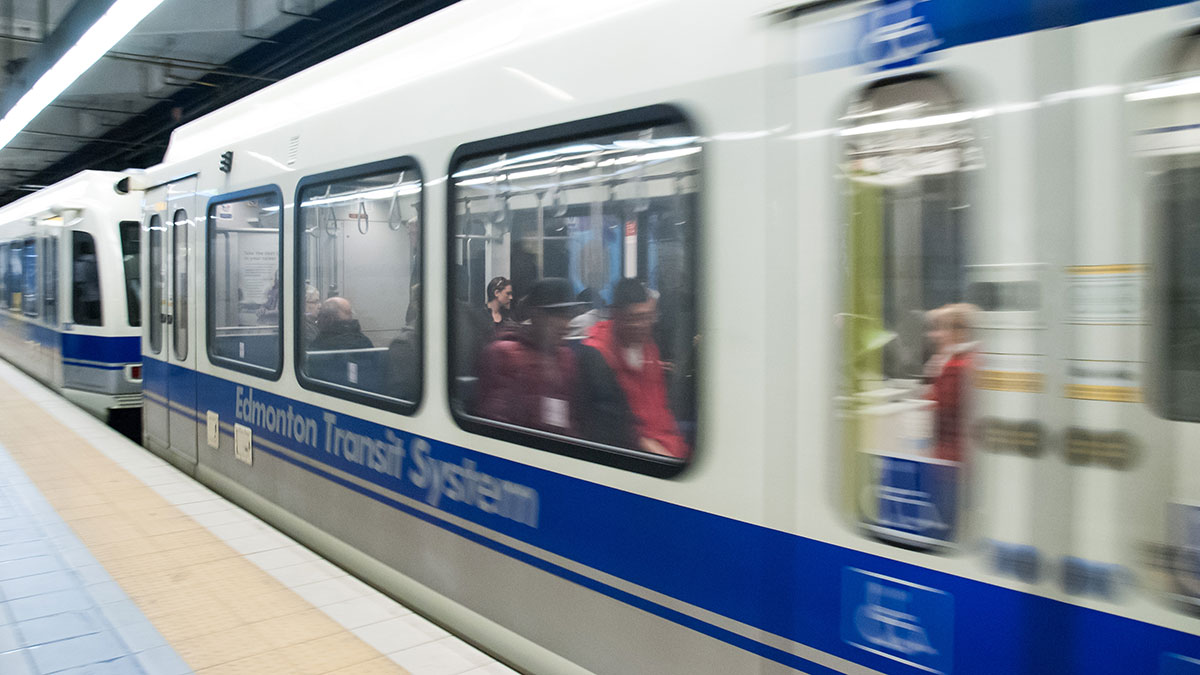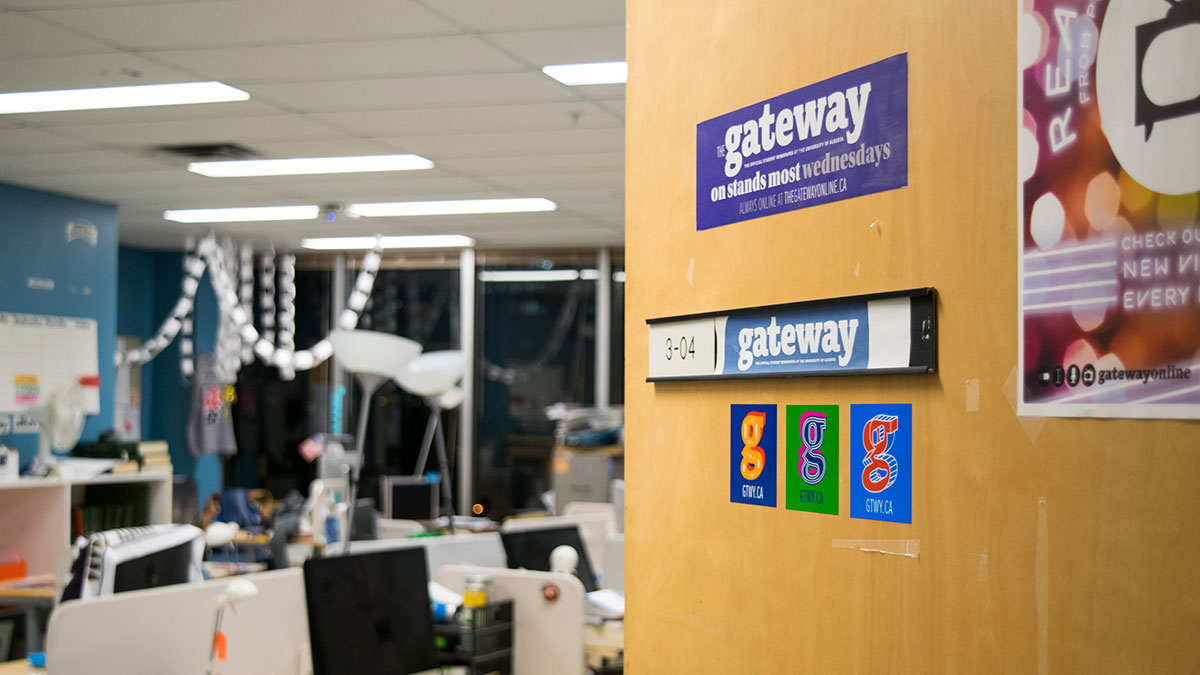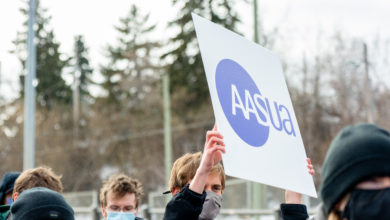 Lara Kmech
Lara KmechTo combat an increase in drug poisonings in Edmonton as of March 7, 2022, the City of Edmonton has closed 15 out of 18 locations of public washroom facilities in Edmonton transit stations. However, closing the bathrooms is not without its issues. From disrupting normal transit users’ routes in search of alternative public washroom facilities, to putting vulnerable Edmontonians at risk, these washroom closures are a reactionary decision with the potential for upsetting consequences for Edmontonians from all backgrounds.
This decision to close the transit washrooms comes from the recommendation of the Transit Safety and Security Report, which found that only 78 per cent of Edmonton Transit users felt safe using transit, down from 83 per cent in 2015. Closing the washrooms is part of the Transit Safety Plan approved by City Council in February to address concerns about safety and security while accessing transit.
Closing the washrooms leaves transit users to be directed off-route to find available public washrooms. This not only creates an inconvenience for many commuters but also a potential issue of accessibility for users who are unable to easily increase travel in order to access washrooms.
Additionally, the city recognizes that current public washrooms are not meeting the demands of Edmonton’s population. While they have plans in place to invest in additional public washrooms, they are simultaneously rendering a significant amount of the city’s available washrooms useless by closing them. Besides a blatant waste of resources, the closing of the public washrooms also has the potential to put vulnerable populations at risk — specifically, unhoused Edmontonians and drug users.
COVID-19 has limited the number of users accessing transit services, and limited the natural surveillance of these areas. As such, vulnerable people have come to access the transit washrooms as a place for temporary shelter, and those struggling with addiction as a space to use drugs.
However, as more Edmontonians are returning to work and school, the number of transit users is also beginning to rise. In closing the washrooms, the city is attempting to address the unease riders feel towards an increase in crime and drug use on transit services as well as reduce the number of drug poisonings within the city.
However, as I see it, the City of Edmonton’s plan to redirect vulnerable populations away from transit bathrooms is lacking in resources to adequately support these individuals with alternative shelters or spaces for supervised consumption. Alberta Health Services offers support for supervised consumption sites but following the provincial government’s recovery-oriented care model, recovery and detox care have taken priority over harm reduction services.
Since 2019, the number of supervised consumption sites in Alberta has decreased including the closure of Edmonton’s Boyle Street Community Services supervised consumption site.
As it stands now, Edmonton does not have the resources to support supervised consumption for all drug users in the city. Closing the washrooms takes away one site that drug users can access that at least offers them the protection of being public and sheltered if a drug poisoning instance is to occur. It is also unclear how the city plans to reach out to these vulnerable communities as they close the doors to the transit system’s public washrooms and disperse these people to find other facilities in the city.
As harm reduction activists continue to call for increased safe consumption sites in Edmonton, closing public washrooms seems an illogical first step. This is potentially dangerous with no washroom facilities available to vulnerable people who use them for places to sleep or use drugs; they may turn to the buses or trains for a protected space, causing further disruption to transit use. Alternatively, vulnerable people may be forced to turn to other less safe spaces in which they will be unreachable during a drug poisoning incident, or forced into withdrawals with no viable space to use. There needs to be a significant increase in safe consumption sites and access to shelter for vulnerable persons.
It seems the city has a ways to go in providing alternative shelters, supervised consumption sites, and other resources to prevent drug poisoning incidents. Providing better alternatives to public washrooms as a space to use drugs and/or access shelter would likely do far more to increase transit safety than the reactionary decision to close washroom facilities.
While the public transit washrooms are not by any means a proper facility for shelter or safe consumption, vulnerable Edmontonians have taken to them out of necessity. Locking the doors to these people seems to be simply redistributing the issue throughout the city rather than actually tackling the issues of poverty, homelessness, and substance abuse in Edmonton. As the public washrooms remain closed until further notice, it is quite possible that Edmonton’s most vulnerable populations will be the ones to suffer the harshest consequences.




